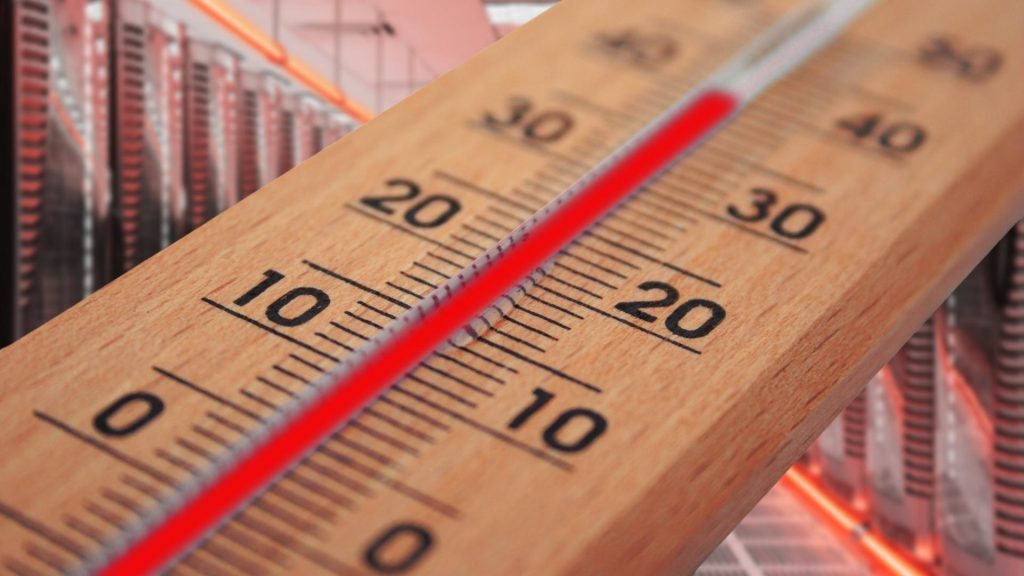Heatwave crisis – how to protect data centres efficiently
The UK is currently experiencing a heatwave, with Tuesday, 19th July 2022 being the day when the country experienced a record-breaking temperature. The temperatures which went as high as 40 degrees centigrade or (104F) not only led to significant discomfort, fires, and hospitalisation but also affected the cloud computing services.
Reports indicate that a couple of the main cloud services providers in London have been victims of cooling-related failures. World Meteorological Organisation (WMO) has warned that heatwaves and record-breaking temperatures, similar to those experienced in the United Kingdom are becoming normal. This situation is largely blamed on global warming and the subsequent climate change. This calls for businesses, especially data centres to put in place measures that will protect them during the heatwave.
Need for protection
Heatwaves are disastrous to business as we have seen this week when the two major data centre service providers faced a service outage for long hours. There are health concerns too, which lead to reduced office productivity, as employees cannot perform effectively.
Also, there are risks of power outages as power grids are overloaded resulting in server failure, storage system crashes, and subsequent data disruption or even loss. These are issues that can have a great impact on the business. This calls for business organisations to constantly monitor their facilities and protect them against issues that may be brought by heat waves. Among the elements to monitor during a heatwave are temperature, power outages and humidity.
Temperature rise in data centres
For data centres to operate optimally, they must be kept at the right temperatures at all times. They may be designed to withstand extreme heating, only for a short period of time, but record-breaking temperatures like those being experienced during the heat waves cause great strain on the cooling systems and therefore on the data centre operation. The situation has been made worse by the energy crisis that the United Kingdom and other parts of the world are experiencing. Keeping the data centre servers cool is now one of the hardest tasks. Business organisations have a herculean task trying to keep the IT infrastructure cool especially when the temperatures have risen to abnormal levels.
However, not all data centres are struggling during the heat waves. New data centres have taken into consideration the issues that may be brought about by climate change. A situation that we will continue to be experienced in the foreseeable future as we continue to grapple with the effects of global warming.
One of them is ensuring that they are energy efficient. The adoption of technologies such as liquid immersion cooling has been hailed as one of the ways through which data centres can achieve the desired levels of energy efficiency. It is considered an effective and safe way through which heat from IT equipment can be removed.
All business and public organisations need to be ready for climatic changes. Experts warn that we are in a new normal where heat waves, heavy rainfall, and other climate-related issues will increase. Investment in energy-efficient data cooling systems, as well as close monitoring of the IT facilities, will offer the necessary protection.

